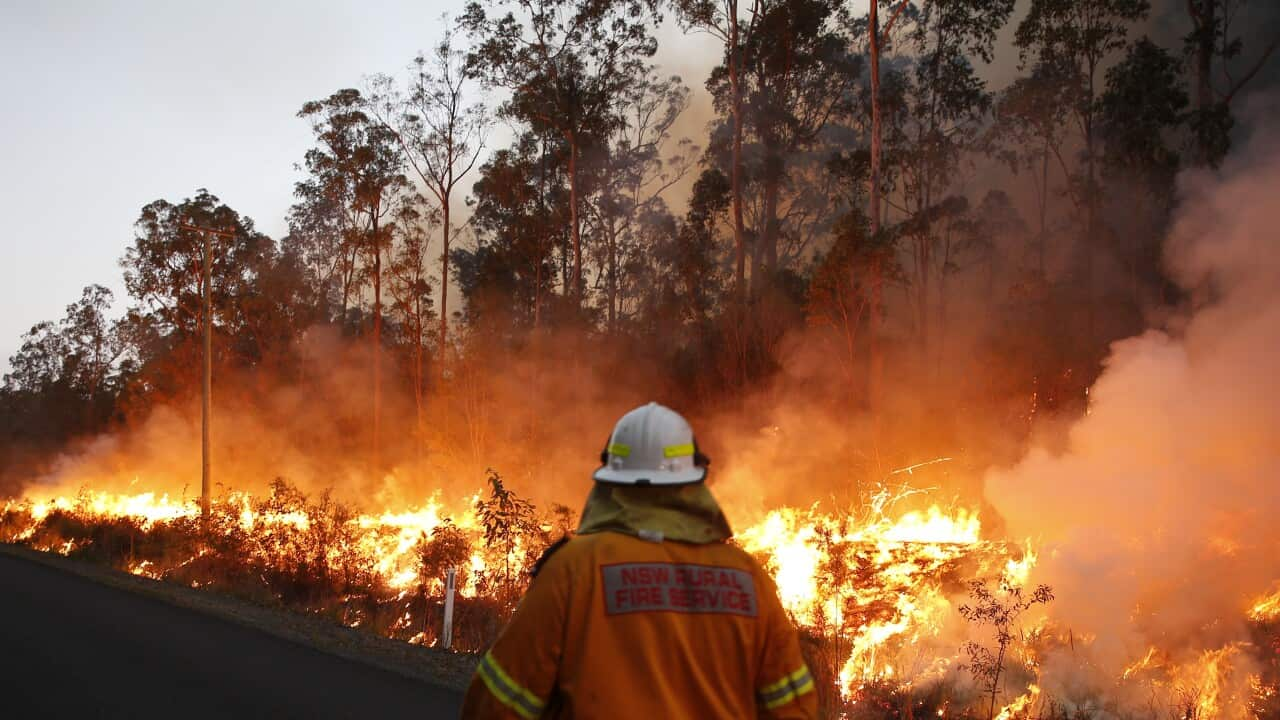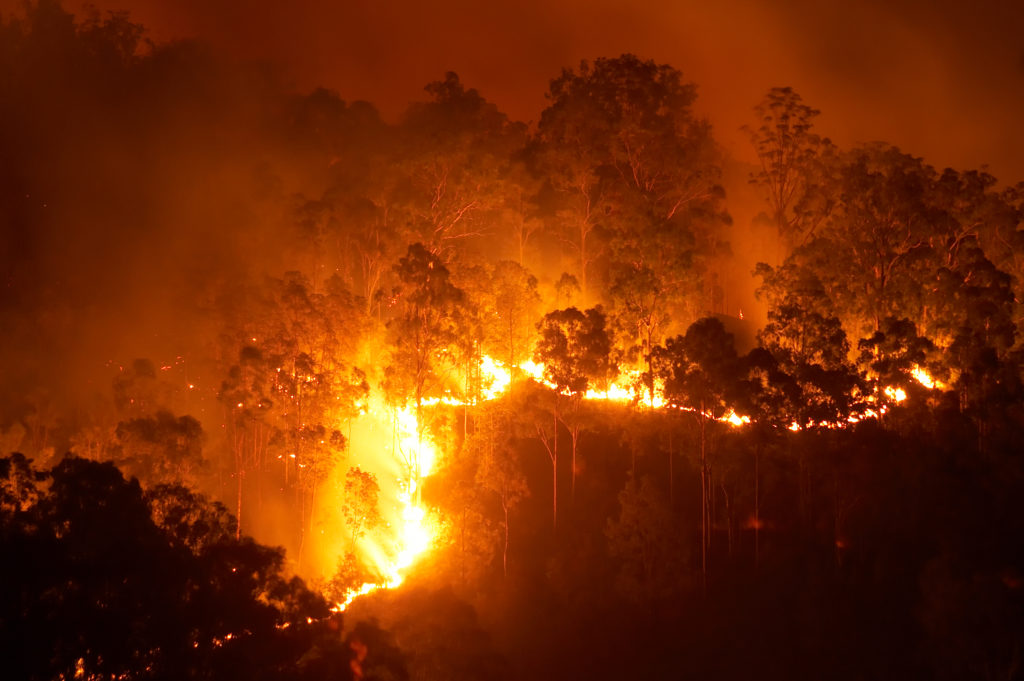BAL Report Principles: Crucial Info for Property Owners
Wiki Article
Value of BAL Record in Ensuring Bush Fire Security
In the world of bushfire security, the relevance of a Bushfire Assault Degree (BAL) record can not be overstated. This crucial paper offers as a fundamental tool in evaluating the prospective danger a home might encounter throughout a bushfire and plays a crucial function in establishing the essential safety actions to guard residential properties and lives (BAL Report). Nevertheless, truth worth of a BAL record expands beyond a simple analysis; it works as a leading light for property owners and authorities alike, supplying insights right into boosting residential property strength and guaranteeing efficient fire protection.Recognizing Bushfire Assault Degrees
The understanding of Bushfire Assault Levels is important for examining the possible threat and effect of bushfires on a building. Bushfire Assault Levels (BAL) are a way of gauging the seriousness of a structure's prospective direct exposure to ember attack, glowing heat, and direct fire get in touch with in a bushfire. Understanding the different BAL classifications is essential for homeowner, engineers, and builders in developing and building buildings that are more resilient to bushfires.There are 6 Bushfire Assault Degrees, varying from BAL-LOW to BAL-FZ (Flame Zone), with each level standing for a various degree of danger and called for construction standards. A BAL analysis thinks about factors such as the Fire Threat Index, incline of the land, kinds of bordering plant life, and distance to prospective fire dangers. By understanding these degrees, building proprietors can make informed choices regarding bushfire protection procedures, such as mounting cinder guards, making use of fire-resistant structure materials, and keeping clear defensible area around the residential or commercial property. On the whole, a complete understanding of Bushfire Assault Degrees is crucial for effective bushfire planning and security.
Examining Residential Property Risk Degrees
After comprehending the implications of Bushfire Strike Degrees, the following important action is evaluating the threat degrees linked with individual residential or commercial properties. Assessing residential property risk levels includes a comprehensive examination of different factors that can influence the sensitivity of a building to bushfires. These factors include the proximity of the residential or commercial property to bushland or vegetation, the type and condition of bordering vegetation, the incline and element of the land, dominating weather problems, and the existence of combustible products near the residential property.Residential or commercial property threat evaluations are important in identifying the degree of bushfire protection steps that require to be applied to secure the building and its passengers. By accurately analyzing the danger levels, residential or commercial property owners can make enlightened choices regarding bushfire avoidance approaches, such as vegetation monitoring, constructing design modifications, and the installment of fireproof products. Furthermore, residential property risk evaluations play a crucial role in the development of emergency situation response strategies and emptying treatments in the event of a bushfire.
Applying Protective Procedures
Upon finishing residential or commercial property risk evaluations, the following essential phase involves the application of protective actions to enhance bushfire defense. Applying read the full info here safety procedures is vital for protecting residential properties and making certain the safety of people during bushfire events.Regular maintenance of safety actions is equally essential to guarantee their effectiveness during a bushfire. This consists of routinely repairing and evaluating cinder guards, performing vegetation monitoring to reduce gas tons, and testing firefighting equipment such as pumps and tubes. By vigilantly executing and preserving these protective measures, homeowner can substantially enhance their resilience to bushfires and reduce potential damages and loss.

Enhancing Residential Property Resilience
Enhancing residential property resilience versus bushfires pivots on the aggressive application and upkeep of protective steps intended at strengthening defenses and decreasing prospective threats. Building proprietors can enhance durability by developing and keeping defensible rooms around their homes.Education and learning and readiness also play a vital duty in enhancing building strength. Homeowner need to create and exercise a bushfire emergency situation plan, conduct regular fire drills, and ensure all homeowners recognize how to respond in instance of a bushfire. Staying informed about fire risk ratings, climate condition, and evacuation routes is important for making timely choices to shield life and home. By taking proactive steps, homeowner can considerably boost the durability of their residential properties versus the threat of bushfires.

Ensuring Effective Fire Defense
Executing robust fire defense actions is essential for guarding residential or commercial properties versus the disastrous influence of bushfires. Guaranteeing reliable fire defense entails a mix of proactive techniques click this site and adherence to pertinent guidelines. One key facet of reliable fire defense is the implementation of suitable landscape design techniques. This consists of maintaining a defensible area around the residential property by clearing combustible vegetation and creating firebreaks. Additionally, mounting fire-resistant materials on the property, such as fire-resistant roof covering and ember-proof screens on windows, can significantly decrease the danger of fire damages.Furthermore, having an emergency feedback plan in location is important for ensuring effective fire security. This plan must detail discharge treatments, communication protocols, and marked conference points for locals. Normal training and drills must additionally be carried out to guarantee that all locals are prepared to respond rapidly and safely in the event of a bushfire.
Conclusion
To conclude, the BAL record plays a crucial function in guaranteeing effective bushfire protection by assessing home threat levels, executing protective measures, and enhancing property strength. Understanding Bushfire Assault Degrees is necessary in figuring out the degree of threat a property deals with navigate to these guys during a bushfire. By adhering to the recommendations outlined in the BAL report, homeowner can better prepare for bushfires and reduce prospective damages. Eventually, the BAL record is a beneficial tool in protecting residential or commercial properties versus bushfire threats.By comprehending these degrees, property owners can make educated choices concerning bushfire security measures, such as setting up ash guards, making use of fire-resistant building products, and preserving clear defensible room around the residential property. Examining home danger degrees involves a comprehensive analysis of various aspects that can affect the vulnerability of a home to bushfires.Home threat evaluations are crucial in figuring out the level of bushfire defense procedures that need to be carried out to guard the building and its passengers. By taking proactive procedures, home proprietors can considerably raise the resilience of their residential properties against the danger of bushfires.
In final thought, the BAL report plays a vital duty in making certain effective bushfire defense by examining residential or commercial property threat degrees, applying safety measures, and improving residential property strength. (BAL Report)
Report this wiki page